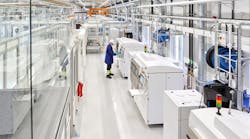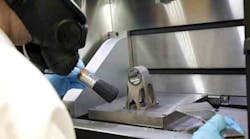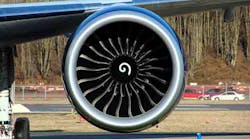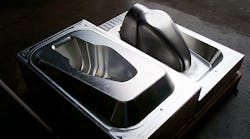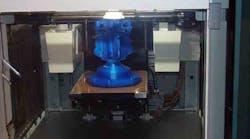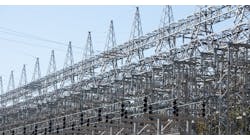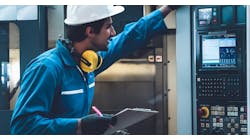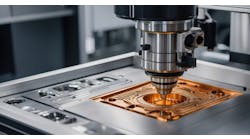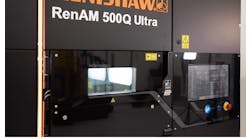Siemens reports its gas turbines business has opened the first workshop for metal 3D printing in Sweden, an $23.8-million (SEK 200 million) investment. The operation at Finspång, where Siemens Industrial Turbomachinery AB is headquartered, will produce and repair parts for industrial gas turbines. It will employ about 20 engineers and machine operators.
"With this investment, we can develop new and improved components and repairs, for example burner tips to serve our industrial gas turbine SGT-800, significantly faster,” said Thorbjorn Fors, Siemens’ global business director for Distributed Generation. “Using this innovative approach, we will shorten repair times from months to weeks. It is an important step in our ability to respond to the needs of our customers.”
GE Aviation launched 3D printing on a similar scale in 2014, producing gas nozzles for the LEAP turbofan jet engine.
Siemens’ announcement did not indicate the metallic materials being processed. It indicated it will use the workshop to create prototype parts as well as produce products and repair worn or damaged parts.
According to Siemens, its 3DP manufacturing operation reduces lead time for relevant parts up to 90% compared to the standard production processes (e.g., casting, drilling), and the prototyping capabilities can shorten product development cycles and establish new design potentialities in terms of product shapes and internal complexity.
"Siemens is at the forefront in Sweden and the world of additive manufacturing in the development and production of advanced components in the metal to the power industry,” stated Hans Holmström, CEO of Siemens Industrial Turbomachinery, in a release translated from Swedish.
The additive manufacturing process in use is a laser-sintering technology, though Siemens did not identify a technology supplier. In laser sintering, the powdered alloy is deposited in a pattern defined by a CAD file, built up in layers to form the final shape. Each new layer of metal is fused to the preceding layer by a laser, until the final shape is achieved.
“This is a step in a long-term investment in this area, where we have not yet seen all the possibilities,” CEO Holmström continued. “Through this investment, we are building up the skills and experience that can lead to new ideas and developments in the field.”
